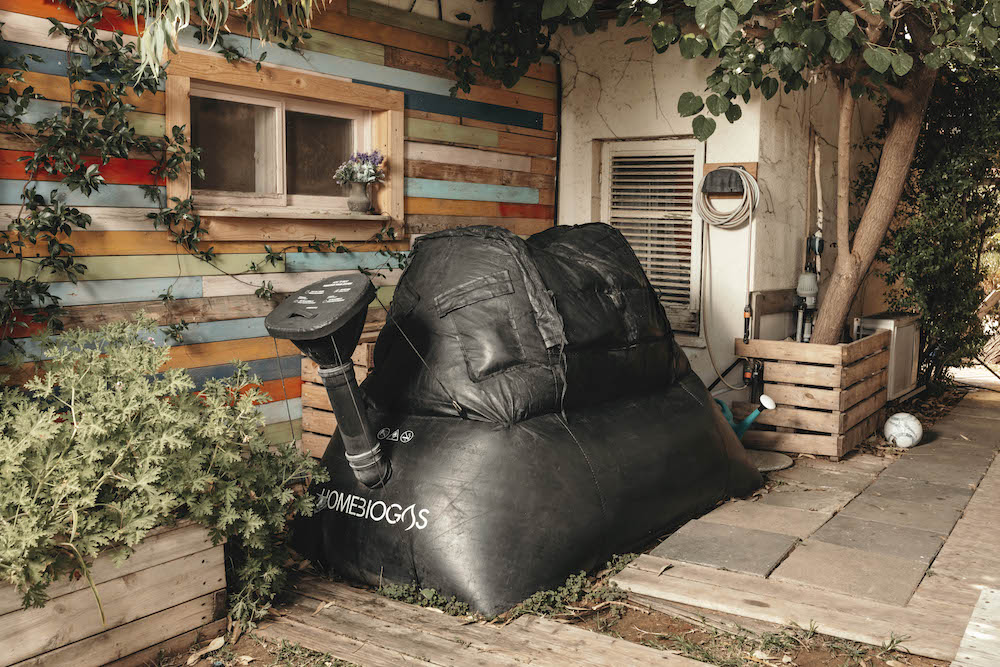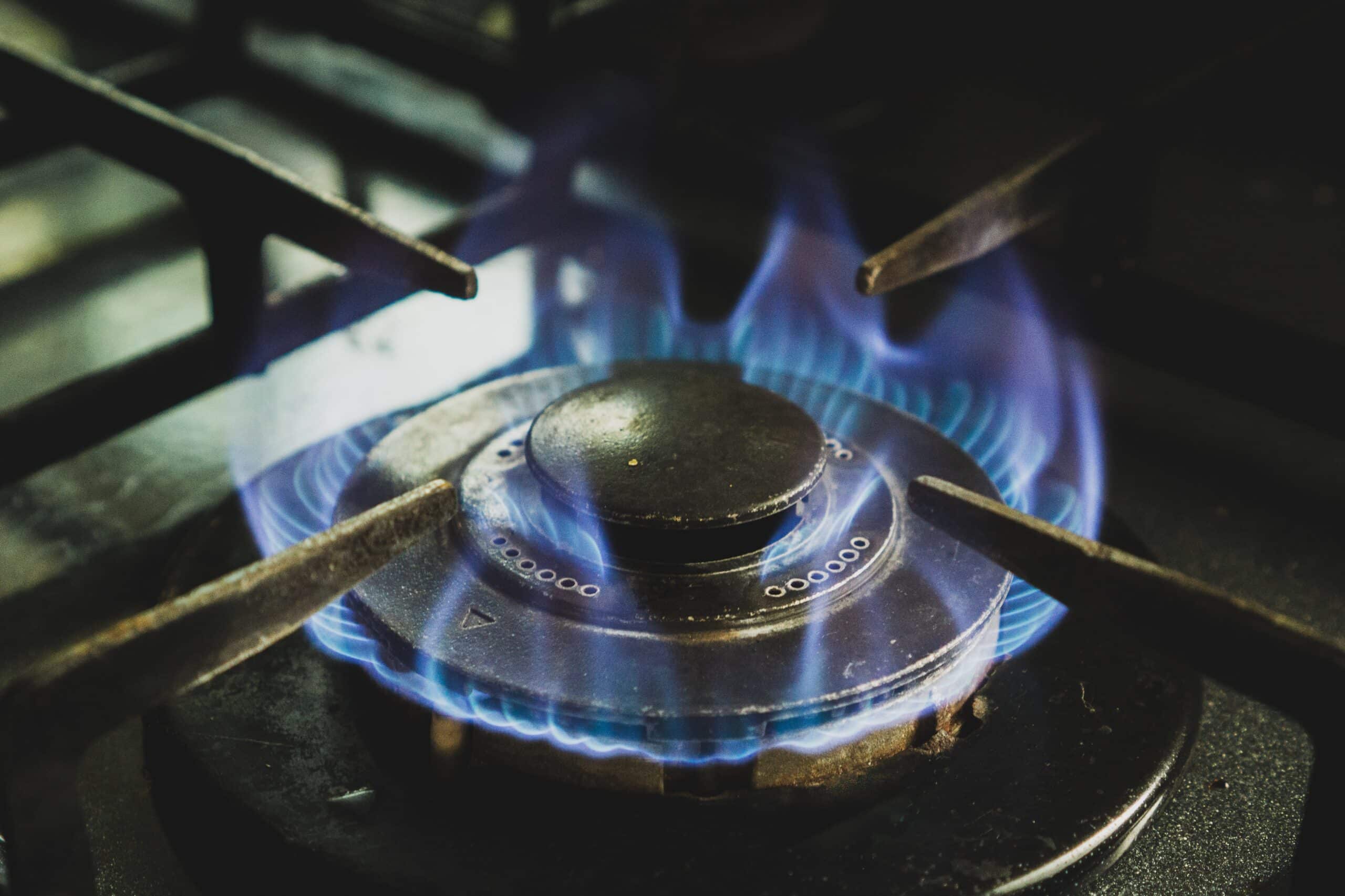
What is the process of making biogas?
The engineering behind the biogas production process is called anaerobic digestion, and it’s less harmful to the environment than the processes that use fossil fuel. In simple English, bacteria break down organic matter in the absence of oxygen—a phenomenon we sometimes refer to as decomposition or fermentation. See how it works:
If you’re not in the mood for a brief chemistry lesson, skip this paragraph! If you’re curious about the chemical reactions that happen in this closed environment, you should know that fermentation goes through four stages to turn the organic material into biogas. First, bacteria break down carbohydrates; then acidogenic bacteria turn sugars and amino acids into carbon dioxide, organic acids, hydrogen, and ammonia. In the third stage, these organic acids are transformed until methanogens can finally break the components in the fourth stage and obtain methane and carbon dioxide. The average energy potential gets close to 2 gigajoules (1,895,634 BTU) per ton of waste — end of the chemistry paragraph.
Why does biogas matter for the environment? Biogas can be used to fuel electricity and heat. Since half of the world’s energy consumption goes into heating or cooling, the world can significantly reduce the need for fossil fuel sources by shifting to biogas. Studies have revealed that the usage of biogas could reduce global greenhouse gas emissions by 18-20%.
The good news is, anyone can contribute to making this shift, as biogas can easily be obtained with domestic systems, not just through industrial plants.
How is biogas produced from biomass?
Before we dig into how you can produce biogas at home, you should know that the biogas production process from biomass occurs naturally in swaps and at the bottom of the oceans, rivers, or lakes where organic residues find themselves in anaerobic conditions.
The process doesn’t require massive interventions, and it can easily be replicated in artificial environments called digesters. These are engineered containers that provide an oxygen-free space where bacteria can freely do their job.
The biomass used to produce biogas can be food waste, agricultural products, agro-industrial by-products, animal manure, or wastewater biosolids. You can use organic waste to make energy, which means that the process plays a double role. It helps you generate clean energy in your backyard while helping you get rid of significant quantities of garbage that would otherwise end in landfills, with a considerable impact on the environment.
It’s a straightforward process: you put the waste inside the digester, then bacteria starts breaking down the organic components and turn them into biogas as a liquid (between 30 and 60 percent of the input), digestate, and pruning residues.
You can use the biogas to generate energy, while the digestate and pruning residues become compost and can be repurposed as fertilizer. It’s a zero-waste process that enables you to obtain energy and heat from sustainable sources while also producing natural fertilizer. This way, you get better crops with no need for unhealthy, chemical substances.

HomeBiogas 2
Designed for the next generation of green innovation.
Types of biogas
What’s biogas made of? The primary “ingredients” are methane (between 55 and 80%) and carbon dioxide (between 20 and 40%). Depending on the biomass used during the biogas production process, biogas can also include traces of moisture, gases, hydrogen sulfide, and siloxanes in various quantities.
If you go one step further and eliminate carbon dioxide and impurities from the biogas, you can obtain biomethane similar to fossil gas. This means you can use it for cooking and heating. On the other hand, compressed biogas can be used to fuel vehicles, which would further help reduce greenhouse gas emissions.
The domestic biogas production process doesn’t produce fuel for your car, but it enables you to obtain biogas that can easily be turned into cooking gas, so you can save money on energy and reduce your carbon footprint.
Summary
The biogas production process is the same for all types of biogas, and it leverages chemical reactions that are 100% natural. By placing biomass (organic waste) in a digester, you enable bacteria to break down the organic elements and turn them into biogas, which can then be used to generate energy.
It’s a zero-waste process that reduces the amount of waste that ends in landfills while permitting you to produce cleaner energy than by using fossil-fuel sources.
The process can occur at a large scale in industrial plants, but it can also be adapted for domestic usage, so you can easily have a small biogas station and produce energy for your house’s needs.







